Fission in the $r$-process

LA-UR-19-22694
Matthew Mumpower
Frontiers (2019)
Wednesday May 22$^{nd}$ 2019

FIRE Collaboration
Fission In R-process Elements
Nuclear physics as the language of the $r$-process
1st order: masses, $\beta$-decay rates, capture rates & fission
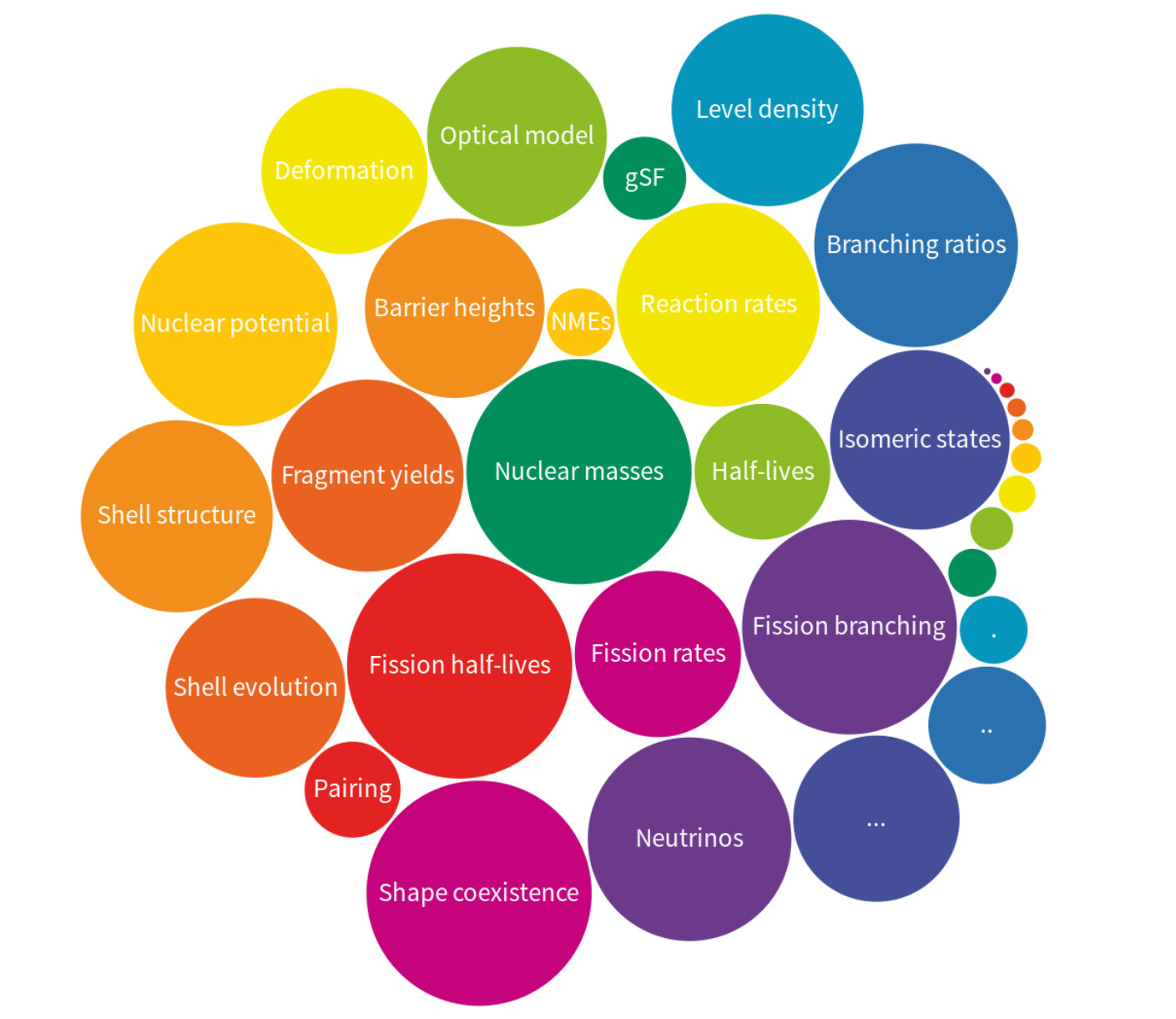
Much will be measured at FRIB
But fission studies will remain relatively inaccessible
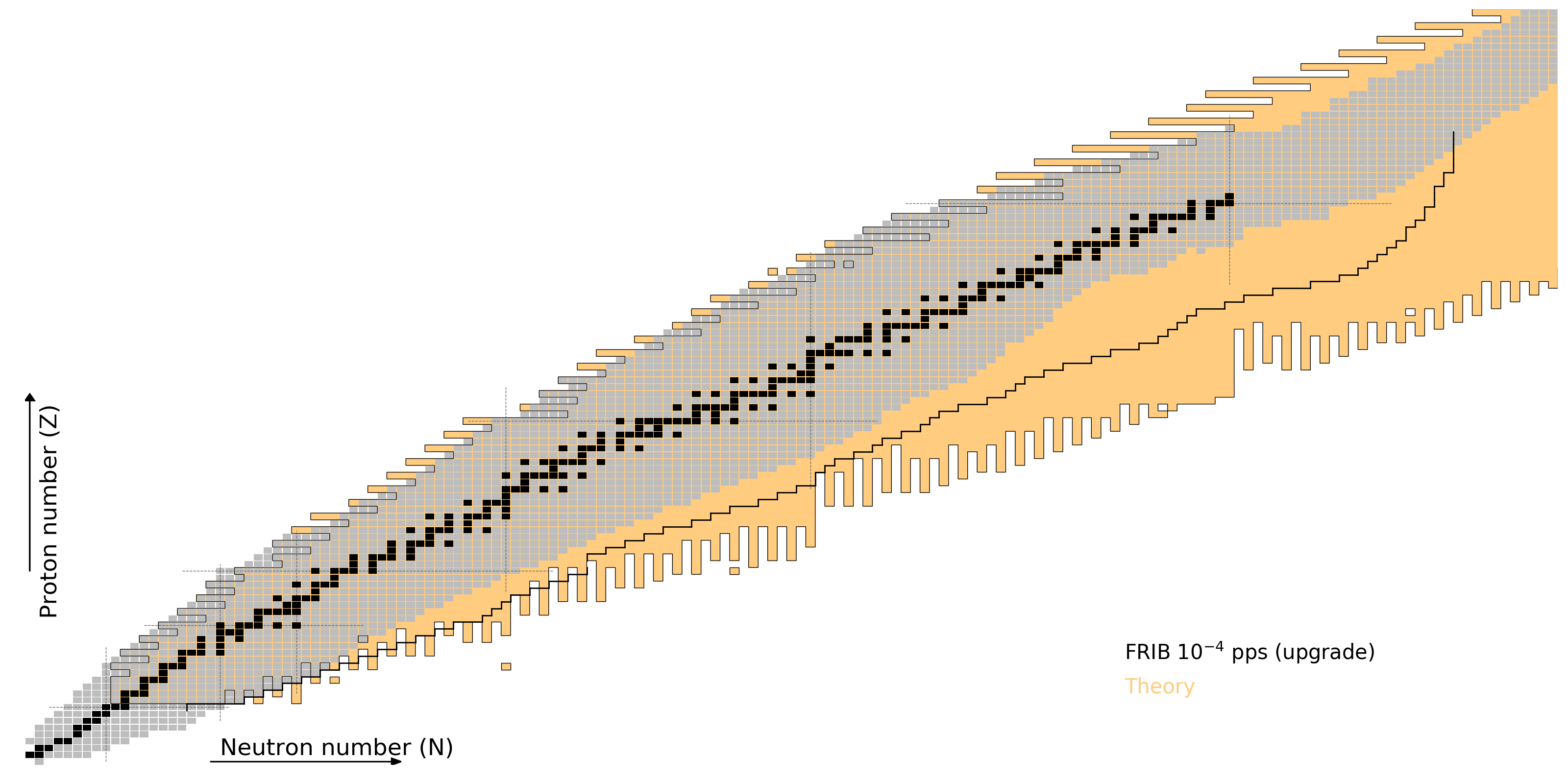
∴ Fission theory is critical find any sort of "smoking gun" of heavy element production
Nuclear fission in a nutshell
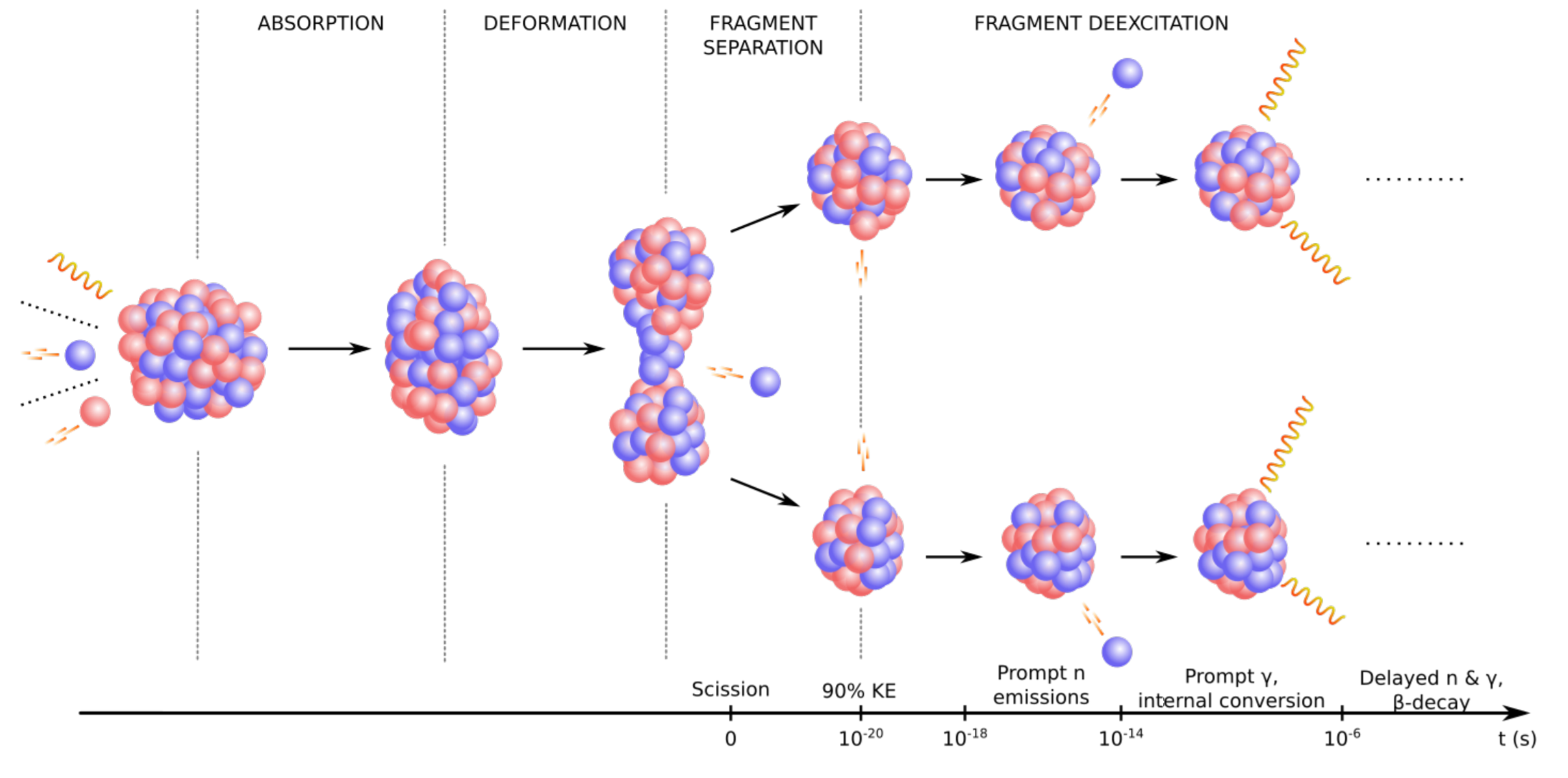
The fission process:
A heavy nucleus splits into two lighter fragments
Subsequent particle emission and decays then occur
Many events gives rise to fission yield
Nuclear fission for the $r$-process

Influence on the $r$-process:
Fission rates and branching determine re-cycling (robustness)
Fragment yields place material at lower mass number; barriers determine hot spots
Large Q-value ⇒ impacts thermalization and therefore possibly observations
Responsible for what is left in the heavy mass region when nucleosynthesis is complete ⇒ "smoking gun"
Long-lived actinides
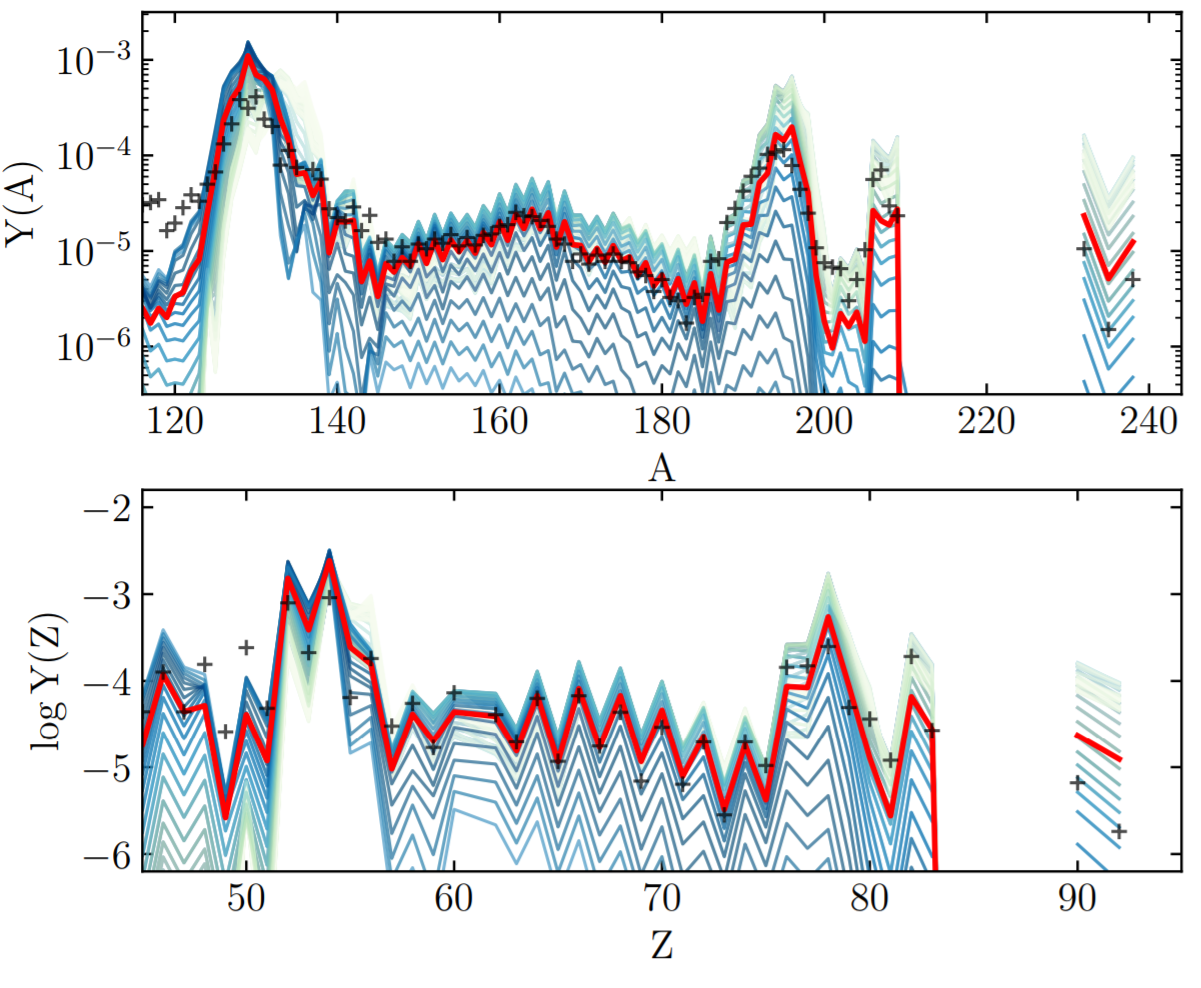
Recent calculations show: if actinides are produced, they are usually overproduced versus lanthanides
A sufficient amount of dilution with lighter $r$-process material is required to match the solar isotopic residuals
∴ Fission theory can also inform us on galactic chemical evolution
One example: $^{254}$Cf(Z=98)
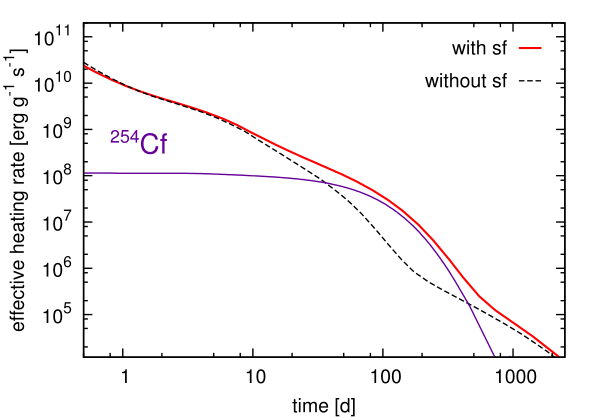
Is there any possible precursor to show that actinide nucleosynthesis has occurred in an event?... Maybe!
The spontaneous fission of $^{254}$Cf can be a primary contributor to nuclear heating at late-time epochs
The $T_{1/2}\sim 60$ days; found from nuclear weapons testing
Observational Impact of Californium
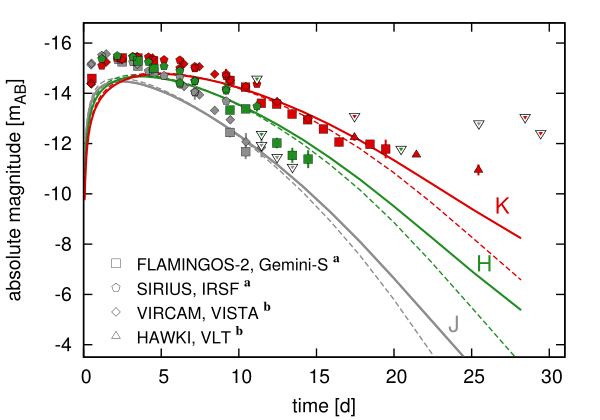
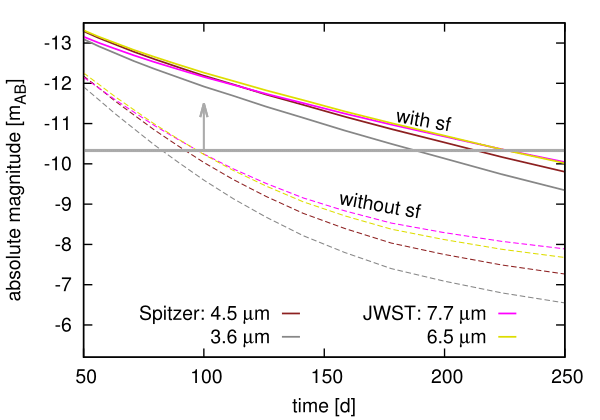
Both near- and middle- IR are impacted by the presence of $^{254}$Cf
Late-time epoch brightness can be used as a proxy for actinide nucleosynthesis
Future JWST will be detectable out to 250 days with the presence of $^{254}$Cf
This also has implications for merger morphology...
Calculated yield (Californium)
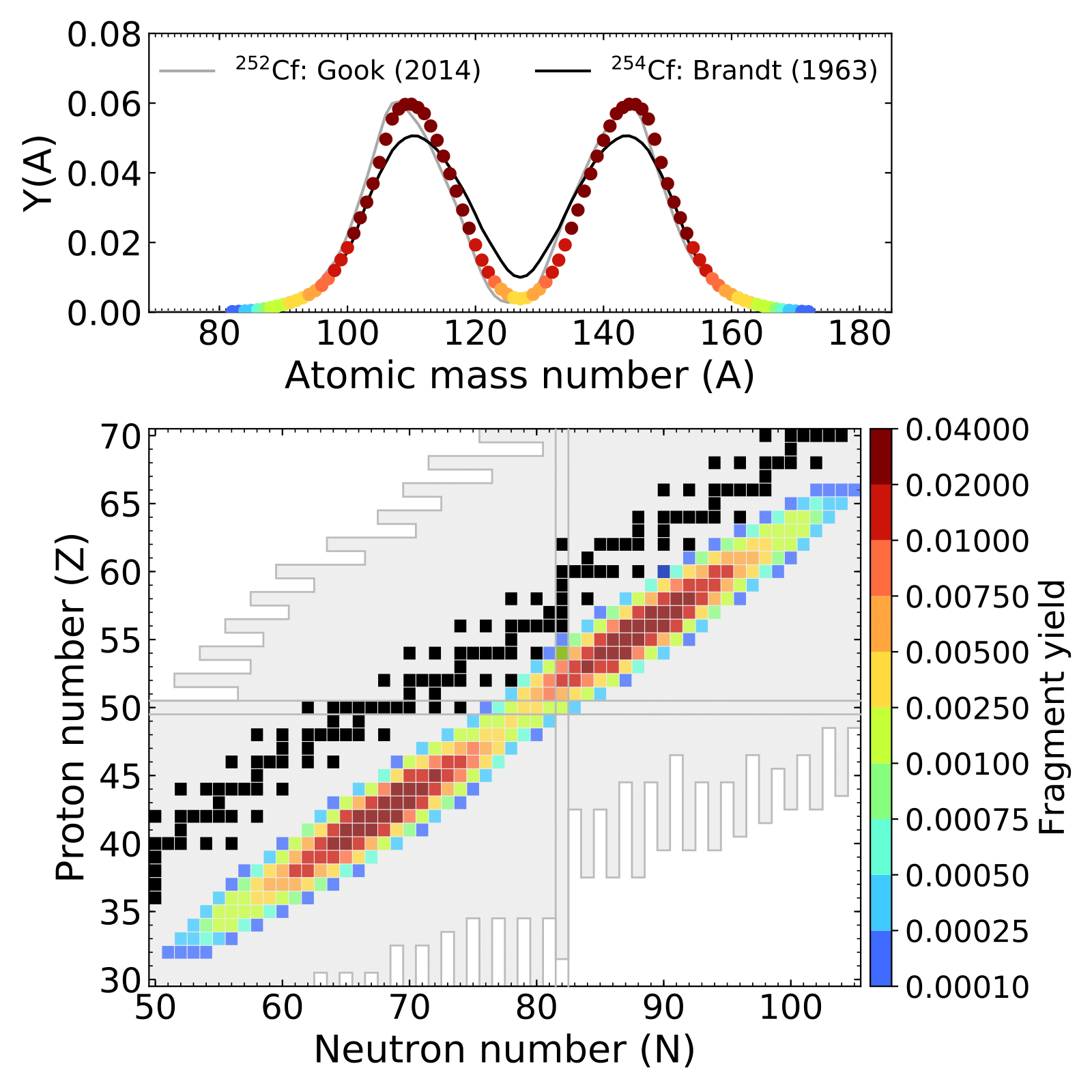
Special thanks to
My collaborators
A. Aprahamian, J. Barnes, B. Côté, J. Clark, C. Fryer, E. Holmbeck, A. Hungerford, P. Jaffke, T. Kawano, O. Korobkin, S. Liddick, G. C. McLaughlin, J. Miller, P. Möller, R. Orford, J. Randrup, G. Savard, A. Sierk, N. Schunck, T. Sprouse, A. Spyrou, I. Stetcu, R. Surman, P. Talou, N. Vassh, M. Verriere, R. Vogt, Y. Zhu
& many more...
▣ Students ▣ Postdocs ▣ FIRE ▣ LANL
Summary
The $r$-process relies on fission in many ways:
Re-cycling material ▴ Actinide production ▴ Late-time observations
FRIB and other facilities will make a lot of measurements, but fission studies remain relatively inaccessible
Fission theory is crucial to understanding the formation of the heaviest elements (and $A\sim130$)
The FIRE Collaboration will soon provide a suite of new fission properties for the community:
Rates • Branchings • Yields • Q-values • Spectra
Results / Data / Papers @ MatthewMumpower.com